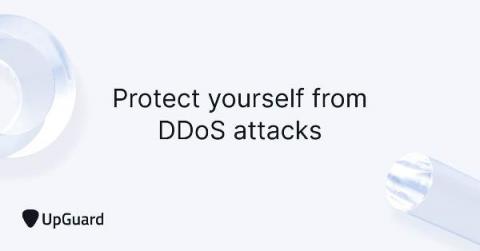SEC's Office of Compliance Inspection and Examinations Warns of a Sudden Increase in Credential Stuffing Hack
Recently, the Securities and Exchange Commission’s exam division issued a Risk Alert (the “Alert”) where it carried out several targeted cybersecurity investigations. The agency is now concerned with how there’s been an increase in a specific type of hack known as “credential stuffing.“ This cyberattack involves using stolen credentials to log into web-based systems and issue the unauthorized transfer of client funds.











